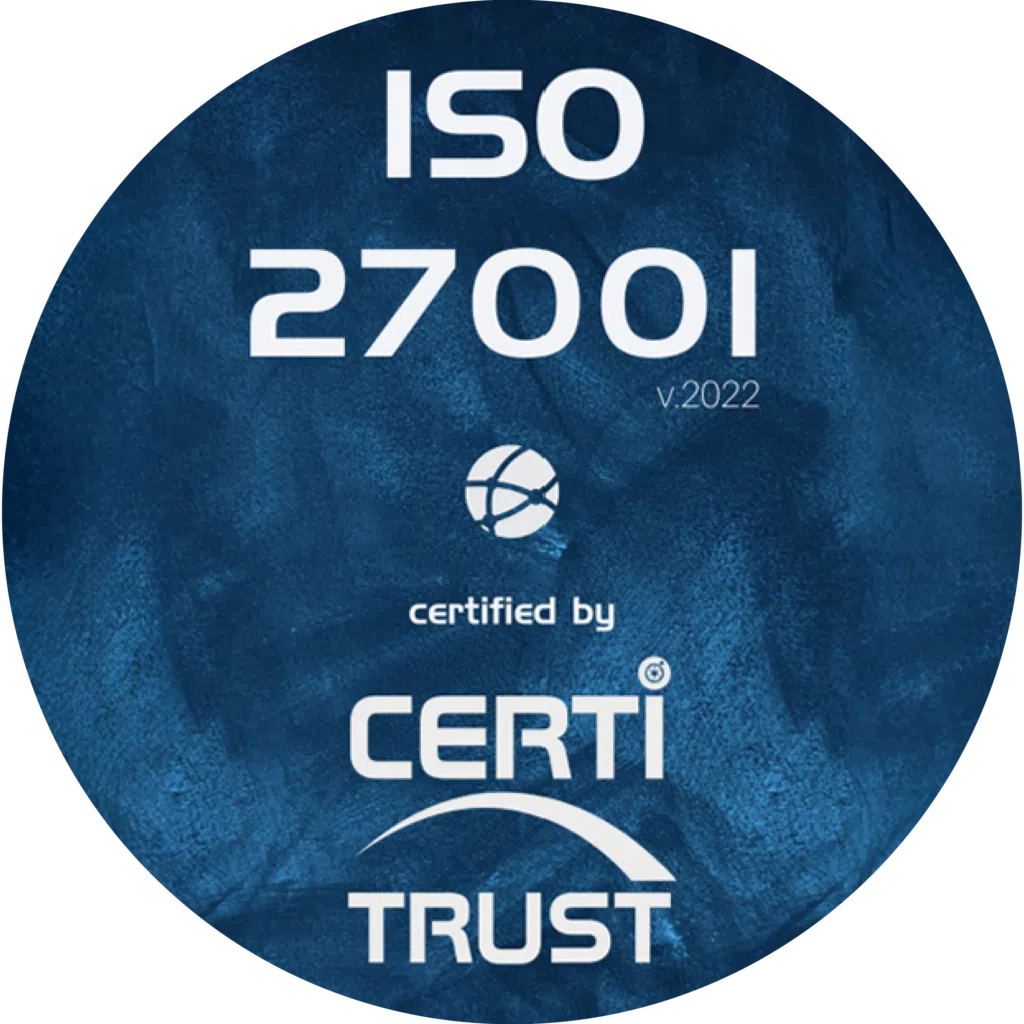Suppliers play an essential role in bringing new products to market, from the planning stage right through to the launch of your product. There are hundreds of thousands of suppliers on the market, but choosing the right ones makes all the difference. Many organisations are finding it increasingly difficult to put together a supplier panel with strategic suppliers and to manage and monitor the quality, cost and delivery of raw materials
So how do you identify the right suppliers and build a supplier panel with the best suppliers for your next programme?
What is a supplier panel?
A supplier panel is a list of suppliers who have been pre-approved. These suppliers have agreed to the terms and conditions of supply, usually ratified by the supplier signing a standardised framework contract. Panels are appropriate when there is a permanent need for goods or services and the volume is sufficient to justify several suppliers
It is a restricted directory of key suppliers that you can call on when needed, according to your quality terms. Purchasing management software such as Weproc enables you to establish this type of supplier panel for responsible purchasing, with a view to boosting your company’s performance and benefiting from better management of the purchasing process
Why bother?
With a supplier panel, you can obtain a list of verified partners who you know can supply what you need. The conditions are fixed, including prices
The main benefit for suppliers is that they become a preferred partner and will be the first to get work from your organisation
Are they still relevant?
Supplier panels were created to improve the efficiency of the search for suppliers. The principle is simple: agree the majority of terms and conditions at the outset and ask for what you need when you need it through a lighter form of contract, such as a specification or purchase order
However, there are a number of pitfalls to be avoided when the purchasing department sets up a supplier panel. The initial process can be very complicated and expensive. Some supplier panels have taken over a year to become operational. Once the panel has been set up, there may be a lack of work due to a large number of suppliers being selected or because the company is not using the panel sufficiently. The energy and enthusiasm of the set-up phase can disappear, and the rigorous scope of general agreements can restrict the possibilities for using the panel, stifling innovation. Secondary processes can often be subject to the company’s prejudices and familiarity with its main suppliers and not be judged objectively.


How do you set up a supplier panel?
Incorporating greater diversity into your supplier panel can bring considerable benefits to your business, including greater innovation and improved quality of supply. But while the benefits are obvious, it’s not always easy for businesses to source from a diverse range of suppliers, especially if their current supplier panel lacks diversity
Building a more diverse supplier base need not be overly complex. Companies of all sizes and in all sectors of activity can start to increase the diversity of their purchases using the following methods
Determining selection criteria
Supplier selection is a crucial step which, if not carried out correctly, can have a considerable impact on your business. Supplier selection should be the top priority of any supplier quality management activity. Organisations need to be able to rank their supply bases according to their capabilities and needs. Supplier selection criteria must also meet the needs of your customer’s quality standards, programme objectives and policies. Always check whether suppliers have certifications related to the product, process or service they are expected to provide
Monitor and evaluate suppliers
Every company has its own supplier panels, which generally develop as new projects are launched. It’s in your organisation’s best interests to record each supplier’s performance in terms of the cost and quality of their end product. This allows your team to track and rate suppliers with a view to using them for future projects
Examples of categories to track could be
- Cost: high, medium or low ;
- Quality: high, medium or low;
- On-time delivery: Yes or No..
Based on the above categories, you can then filter this information in different ways to see which suppliers you are following, for example :
- Top-5 highest spend ;
- top 10 critical suppliers ;
- top 5 low quality suppliers;
- top 10 best performing suppliers..
To reduce and manage supplier risks, it is therefore important to evaluate the suppliers with whom the company works. A management tool is the solution for eliminating time-consuming data processing and making more effective decisions
Use an online procurement platform
One of the quickest ways to access a diverse supplier panel is to use an online procurement platform that stores the database. This should provide you with a space where you can access a wide range of products and services from a variety of suppliers
Rather than having to search for suppliers on your own and manually track your spend with each one, e-procurement platforms allow organisations to centralise procurement. Companies can buy products and services from a variety of suppliers directly on the platform. They can also automatically track their spend with these suppliers
Track supplier performance
Supplier performance is easy to measure if your company has a system that makes the data easily accessible. A purchasing management tool can therefore improve supplier tracking. Key performance indicators are very useful tools if they are used correctly. The following indicators can be used to measure the overall performance of suppliers
- Right first time ;
- On-time delivery;
- Response time, quotations and enquiries..
This will enable you to identify the different types of supplier. A risky supplier can lead to dysfunction within your organisation. By monitoring performance, you can keep an eye on your staff and take the right decisions
Manage suppliers
Once you have identified suppliers and built up your supplier panel, engaging and managing your suppliers should be much more effective. You can even get some suppliers to review their internal processes and strategies. For example, you could tell them that you could win more business if they improved function X or achieved certification Y
By getting to know your suppliers as well as possible and staying in constant contact with them, you will improve your relationships considerably. This will strengthen your supplier panel and supplier quality management. To do this, you need to know how to analyse the supplier purchasing cycle correctly
Establishing partnerships
As well as finding diverse suppliers through e-procurement platforms, other organisations specialising in supplier diversity can help you add new suppliers to expand your network
Companies can approach or register with non-profit and trade organisations to get in touch with suppliers. Working with these organisations can also be useful, particularly for medium-sized businesses. In all cases, it is important to take supplier relationships into account so that they are as successful as possible. Establishing a relationship based on partnership is a source of significant competitive advantages, such as reduced costs
Purchasing management software can help to foster supplier relations by providing visibility and access to all the data on each supplier. It is also possible to improve supplier relations to gain competitive advantages such as cost reductions
Publicise your efforts
Another way to broaden your network to include more suppliers is to publicise your diversification efforts. Diversity organisations may become aware of your efforts and contact you to establish a partnership
Once your efforts gain momentum, publicising them can also improve your brand’s reputation with stakeholders. This can help attract more diverse talent and partners
In short, adopting supplier management software allows you to clearly establish your relationships with suppliers and get to know them better. Supplier management is made easier thanks to centralised data and simplified access. No more time wasted processing information and searching for the best suppliers, for example, and you can focus on more strategic tasks to improve your company’s performance
Want to learn more about our Weproc procurement management software?
Contact us or request your 15-minute demo below!









